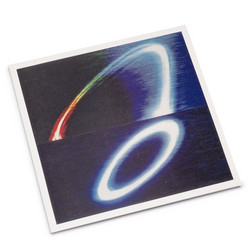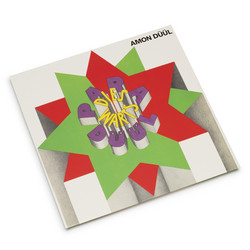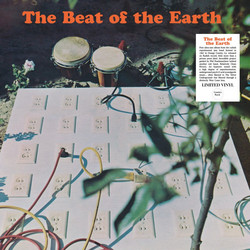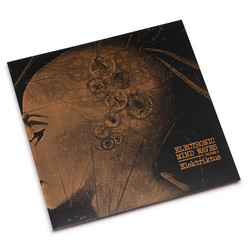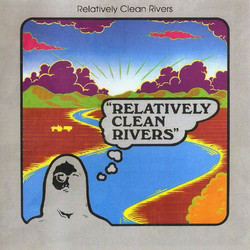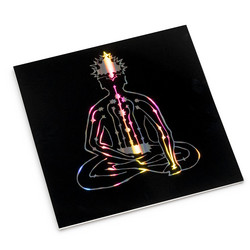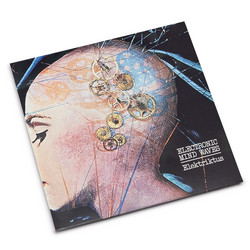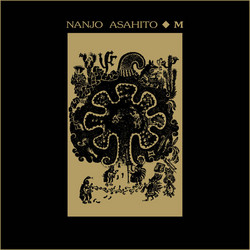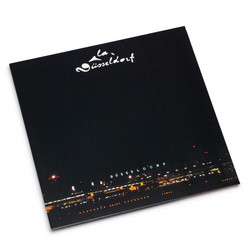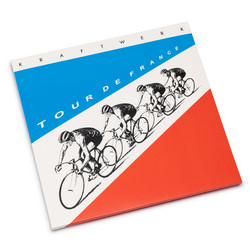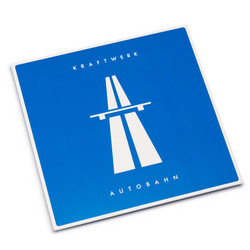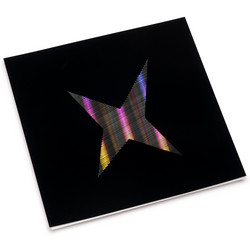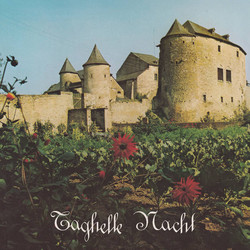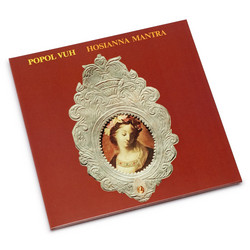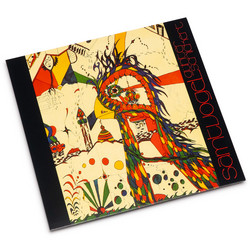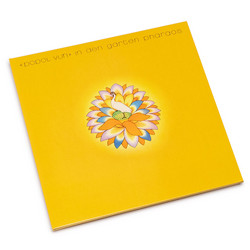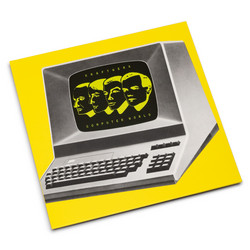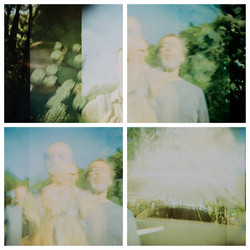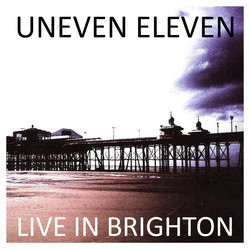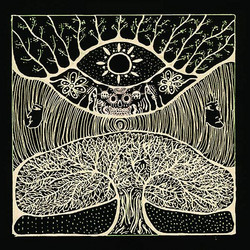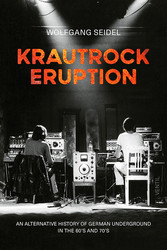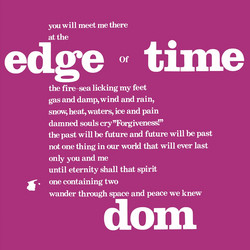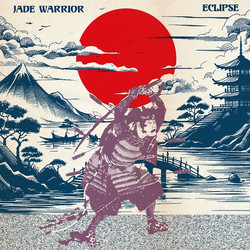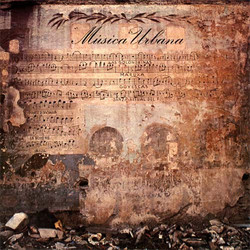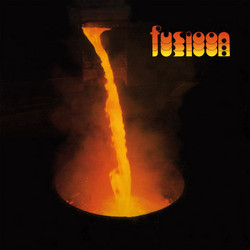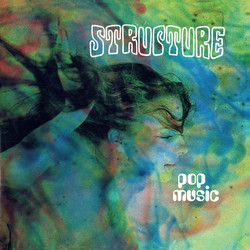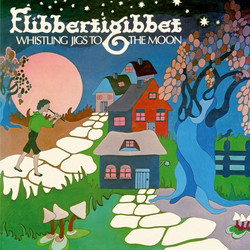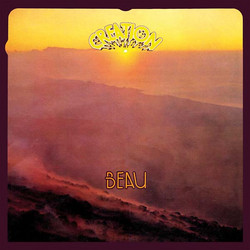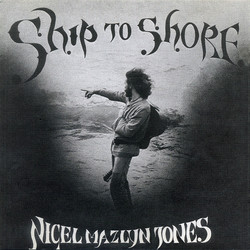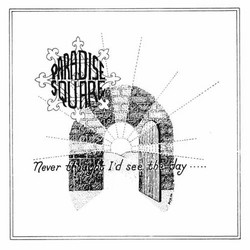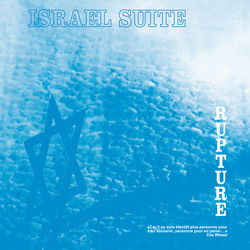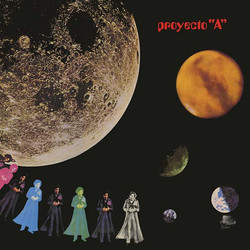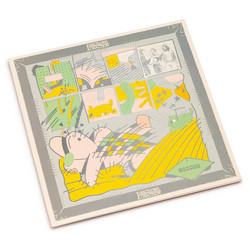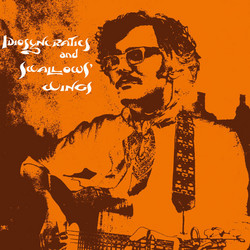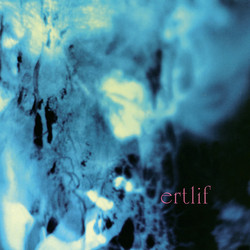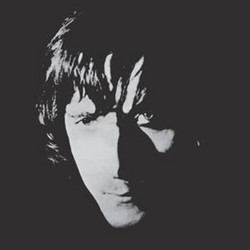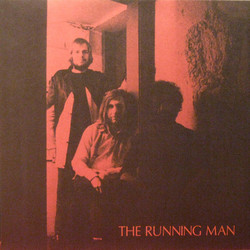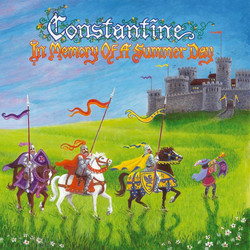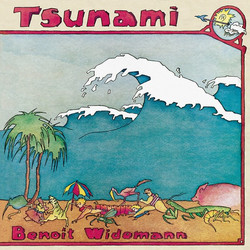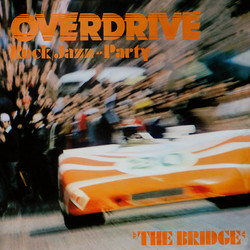** Black Vinyl. Remastered sound. Original artwork + OBI. Insert with liner notes by Klemen Breznikar (It’s Psychedelic Baby) and rare photos ** Since its founding during the mid-1990s, the Spanish imprint, Guerssen, has remained a defining force in the reissue market, excavating remarkable forgetting gems - many of which were originally issued by the artists themselves in tiny editions - from the histories of psychedelia, folk, experimental music, and beyond. With a catalog currently extending well into the multiple hundreds, it’s continuously startling how consistently they turn up gold from the most obscure and overlooked shadows of time. Their latest, the long awaited reissue of the Düsseldorf based quartet Dom’s lone, privately issued 1972 LP, “Edge of Time”, digs deep into the depths of movement of krautrock / kosmische. An acid-drenched gem that’s regarded by many as one of the greatest musical artefacts to have emerged from Germany during its era - infusing psych-folk jams with trance-inducing cosmic passages and wildly experimental gestures - Guerssen’s beautifully produced, fully authorised vinyl reissue is unquestionably one of the greatest reissues that’s crossed our others all year.
Since the interest in the movement was reignited during the 1990s and early 2000s, our understanding of the world of the late 1960s and '70s movement of krautrock and kosmische has continued to develop and unfold. A loose constellation of artists and bands - often working with little or no awareness of each other - that fused avant-garde approaches with elements of rock, prog, psychedelia, folk jazz, electronic music, and any number of other touchstones, to create remarkably unique forms of countercultural music that remains one of the most creatively striking bodies of historical music that we can call to mind. While the output of seminal projects like Kraftwerk, Cluster, Can, Faust, and Amon Düül, Ash Ra Tempel, Neu!, Tangerine Dream, Popol Vuh, Guru Guru, Harmonia, and numerous others have long dominated the cultural consciousness, some of the most strikingly captivated bands associated with this period and movement received little to no attention or support at the time, often self-issuing a tiny amount of music before disappearing without a trace. One of the greatest such cases was the Düsseldorf band, Dom, who’s lone, 1972 LP “Edge of Time”, originally privately released on their own Melocord imprint, now reemerges via Guerssen.
Formed in 1970, very little is known about Dom. The band, which took its name from a legendary super strength strain of LSD, comprised two Hungarian born brothers, Laszlo Baksay on bass and vocals, and Gabor Baksay on percussion, flute, and vocals, who had fled their homeland in 1956 following the Russian invasion, and made their way to Germany via Austria; the Polish born Reiner Puzalowski on guitar, flute, and vocals) and the only native German native, Hans Georg Stopka, on organ, guitar, and vocals. Born from the same rough scene in Düsseldorf as bands like Kraftwerk, Der Plan, and Neu!, and drawing inspiration from bands like the Third Ear Band, Pink Floyd, and King Crimson, as well a deep fascination with avant-garde tape collage, the band honed its highly singular sound for roughly two years, playing in seminal venues like Creamcheese and the Big Ape, before entering the studio to record their lone LP “Edge of Time”. In a 2014 interview Gabor Baksay shed some light on the album’s origins: “We recorded at Studio Neubauer…. the concept was more perceived than conceived. I cannot agree to this theory, that the concept of the record was an evocation of a ‘Bad Trip’. The four pieces came into being absolutely independent from each other and were chosen very shortly before the recording. I don’t think that Rainer and Hans-Georg were following a specific concept, for sure not a narrative one. But I do agree that now - retrospectively - those four tracks seem to be made from one piece.”
“Edge of Time” draws on many of the best elements emerging into the musical consciousness during the moment of its conception: psych-folk jams infused with trance-inducing cosmic passages that nod toward the territories explored by Cluster, Popol Vuh, Guru Guru, Harmonia, and movements of free-floating experimentation that flow with a captivating sense of abstraction. Comprising four mostly instrumental tracks, only occasionally peppered with vocalisations, the album launches into action with a dance between flute, acoustic guitars, and hand percussion that slowly gathers pace before falling into a spaced out and hypnotically metronomic expanse, infused by organ drones and lines. From here we move into the eerie ambiences of the album’s second track, threaded by reverb laced organ and vocals, before moving into an extended period of truly engrossing abstract tape work.
Beginning the second side is the album’s title track, “Edge of Time”, an absolute wild trip of multiple stages, that begins in further states of dissonant abstraction and ambiences, that are slowly threaded by increasingly driving instrumentation, before morphing into moody folk. A similar sense of diversity defines the album’s final track, “Dream”, arguably the most “avant-garde” of its four pieces. With the exception of a period of delicate guitar, organ, and hand percussion, one could easily confuse this for a work that might have emerged from any number of electronic music studios or experimental programs of the era, beginning and ending with dense passages of layered dissonance that illuminate the true sprit of radicalism that rest at Dom’s heart.
While the band disbanded shortly after the release of “Edge of Time” - the majority of the members following different paths into diverse fields of study - their lone artefact remains a timeless work of thrilling musicality that was so of its moment and equally ahead of its time, that it still feels as fresh and relevant as it does today. Truly momental and engrossing in the most elegantly focused and understated ways, there’s little question to why Dom’s “Edge of Time” has remained, over the last half century, one of the most beloved and hotly pursued artefacts of the krautrock scene. Impossible to recommend enough.
